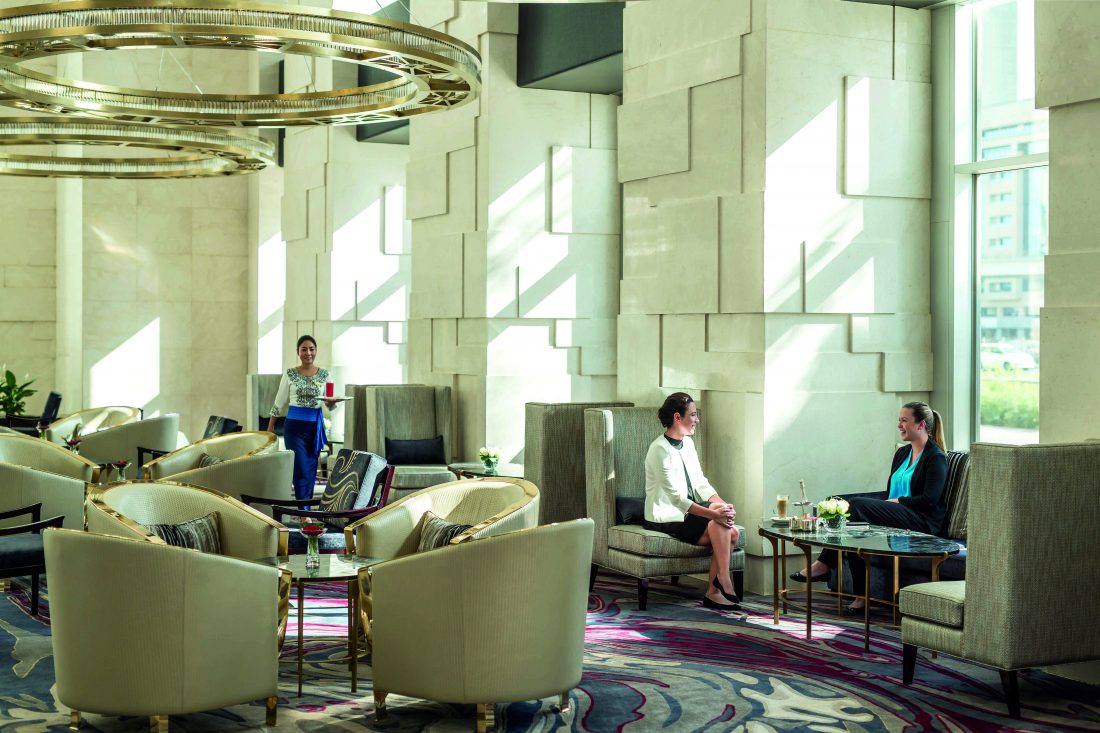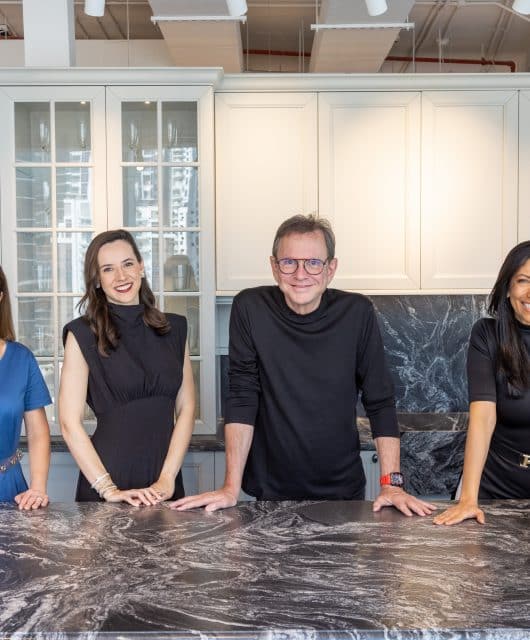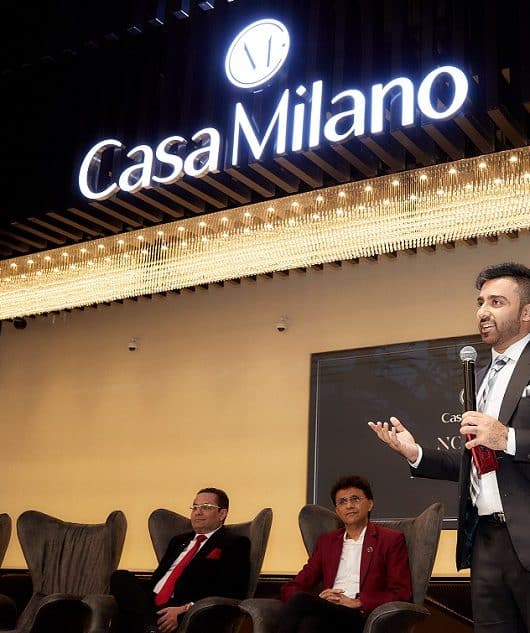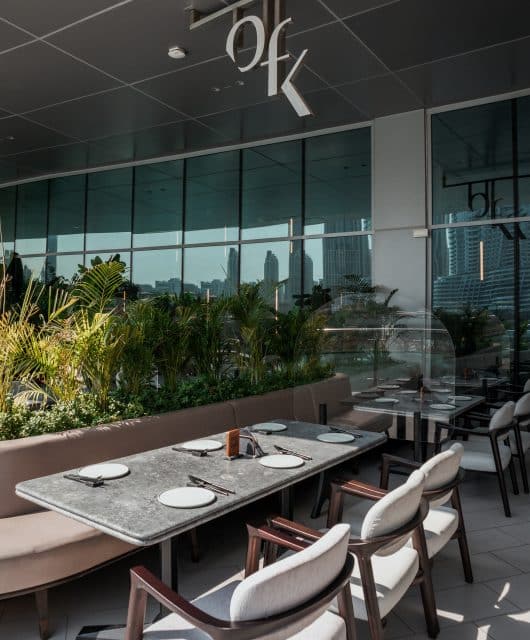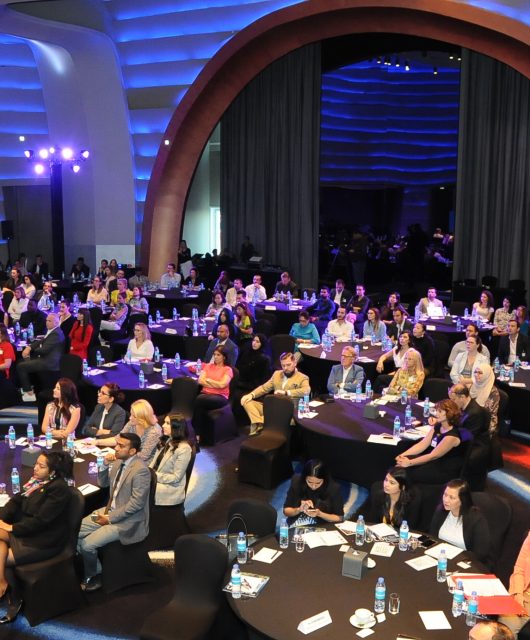Work-life Balance
When Shangri-La Hotel Dubai opened on Sheikh Zayed Road back in 2004, it had little to fear from its competitors. Thirteen years on, the emirate’s hospitality climate is cutthroat, to say the least, and the property is in the midst of a $19 million upgrade.
“Anywhere else in the world, you wouldn’t really renovate a hotel lobby after just 13 or 14 years. But when the hotel opened 13 years ago, it was one of five 5-star hotels in town – now it’s one of 95.
“It was time for us to review and to look, as well, at our guest rooms, as they do have to correspond to what our competitors are coming up with.”
A key objective was to ensure the hotel appealed to corporate clients without alienating holidaymakers. “If you look at our client base, half come for business and half come for leisure, and they’re 50/50 from the Middle East and other parts of the world,” the dapper German says.
“You want to do something that appeals to tourists having afternoon high tea and suits the businessman who comes in to hold his meetings, as many gentlemen do – they treat it as their office and they’ll sit here half the day.”
We’re sipping coffee in Shangri-La’s freshly refurbished lobby lounge, recently redesigned by hospitality design specialist Hirsch Bedner Associates (HBA). The California-based firm has transformed the property’s public areas, extending the lounge and café while providing increased privacy in the form of partitioned-off seating areas. Steel and gold-toned chandeliers hang directly overhead, created by HBA’s in-house lighting consultants and made in Czech Republic using hand-blown Bohemian crystal.
“Our entire lighting scheme has been overhauled– these give a completely different atmosphere,” says Hecker.
By the lifts is a striking light installation, from a collaboration between HBA and chandelier specialist Lasvit. Intended to represent the ocean, the 700kg structure is a mesh of metal rods encasing spirals of champagne-coloured crystal and suspended by 39 strands of wire. 
“The lights used to be very high up, right at the top, and by night-time it was quite dark down here. Having these big pendants hanging down just adds the warmth you want in the evening.” While a neutral palette of cream, blush and grey predominates, the space is enlivened by dashes of colour on the boldly patterned carpet. Its paints pattered appearance, reminiscent of an abstract painting, features daring swirls of ruby red, black and blue, a hue also found in the space’s semiprecious quartz tabletops.
“It’s nice to go up to the first or second floor and look down,” Hecker says. “That’s when you see the whole story coming out – it’s quite daring from an interior design perspective.”
Work on the public areas – the ground floor lobby lounge, check-in desk and café – was completed last winter. Central to the scheme are the specially commissioned artworks by Lebanese painter Imad Bechara. His work has hung in the hotel since it opened, so the new pictures provide a touch of continuity with the original interior.
One piece, on prominently display in the lobby, is a substantial montage of pages ripped from paperback books. Containing text in numerous languages, it pays tribute to the city’s cosmopolitan nature and to the many thousands of globetrotters passing through. Online booking systems have rendered hefty check-in desks redundant, and Shangri-La’s has been scaled back considerably. By making the front desk smaller and doing away with a couple of gift shops, the hotel has been able to extend the lounge and introduce more furniture, including some seriously plush armchairs.
“In the old days you built huge reception desks, almost like little
fortresses, with 1.5m between the staff and customers,” says Hecker.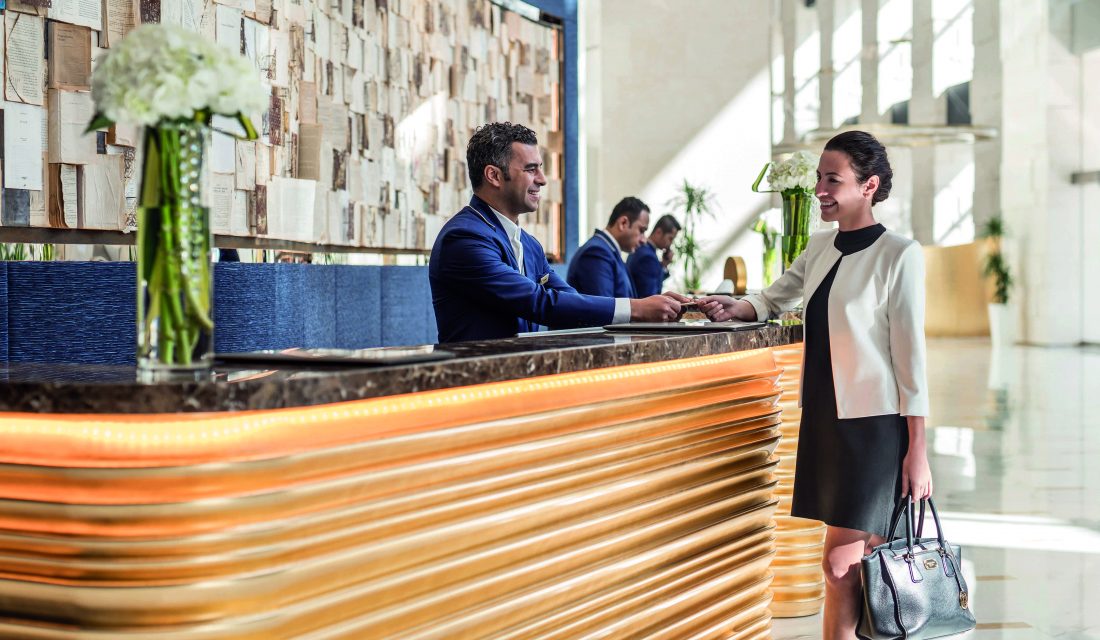 “It’s like anywhere you have a counter – it’s a barrier, you know, ‘You’re not coming on my side!’
“It’s like anywhere you have a counter – it’s a barrier, you know, ‘You’re not coming on my side!’
In hospitality there should be only one side and that’s the guests’ side.” He adds: “Nowadays you get paperless check-in systems and we can check people into the guestrooms directly, so we see more proximity. If you look at the counter, it’s more shallow, so staff can come out to greet guests and take them to the lifts. Creating this interactivity is, for me, very important.”
Dunes Café also has a fresh new look, with patterned bronze walls inspired by marine life, mixed with vibrant yellows and more touches of blue. The space is flooded with sunlight during the day, while adaptable mood lighting sets the scene for a relaxed after-dusk atmosphere.
A tranquil sanctuary
Renovation of the 302 guest rooms is being implemented in a phased approach and is due for
completion in April next year. Asian-influenced wooden latticework is a subtle nod to the company’s Hong Kong owners, while a neutral palette of white, blush and pastel blue predominates – restrained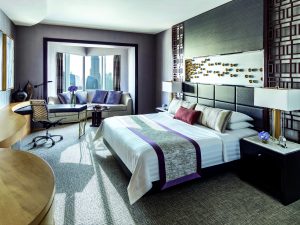 enough for corporate clients, yet sufficiently warm to make design-savvy tourists feel at home. Dated features such as bedside control panels will be replaced by Bluetooth and touchpad technology, enabling visitors to synchronise their smartphones, play music, recharge batteries and stream content to the rooms’ flat-screen TVs. These are housed discreetly within wooden cabinets, affording Bechari’s paintings pride of place on the walls.
enough for corporate clients, yet sufficiently warm to make design-savvy tourists feel at home. Dated features such as bedside control panels will be replaced by Bluetooth and touchpad technology, enabling visitors to synchronise their smartphones, play music, recharge batteries and stream content to the rooms’ flat-screen TVs. These are housed discreetly within wooden cabinets, affording Bechari’s paintings pride of place on the walls.
Some rooms have custom-built dressing tables that also serve as desks – design features in their own right – while window niches feature specially built-in sofas from which to relax and watch the world go by. Chandeliers casts light in all directions, bouncing off mirrors and enhancing the sense of spaciousness.
The revamp will continue into 2018, although Hecker hopes to expedite work on two to four floors over the quiet summer months. HPA has completed its redesigned both the ground floor and the guest rooms, but Shangri-La has yet to appoint an agency for the next phase of redevelopment. He adds: “We’re already working on signing up the interior design consultant for the serviced apartments. We also have to do the spa – we haven’t touched it yet, so it’s just in the development pipeline.”
The name Shangri-La was borrowed from the utopia described in James Hilton’s 1933 novel Lost Horizon. Tranquil, harmonious and shielded from the bustling traffic metres from its doors, the hotel’s transformation is a fitting tribute to its namesake.

